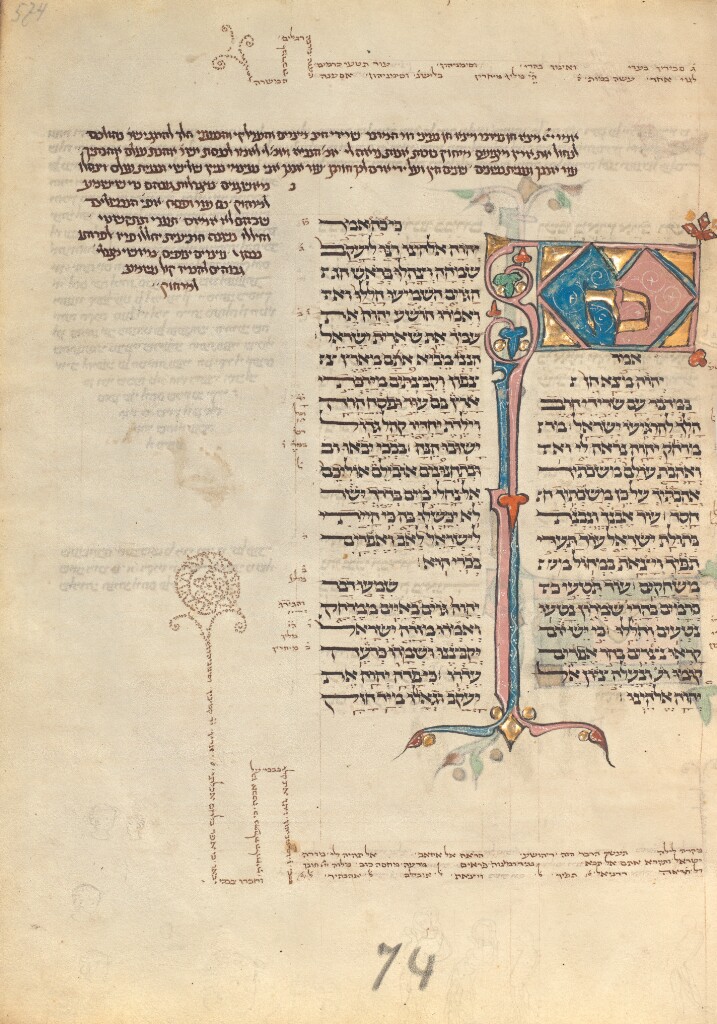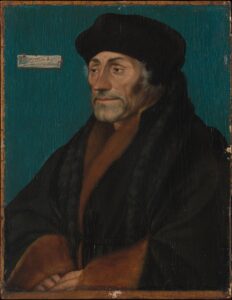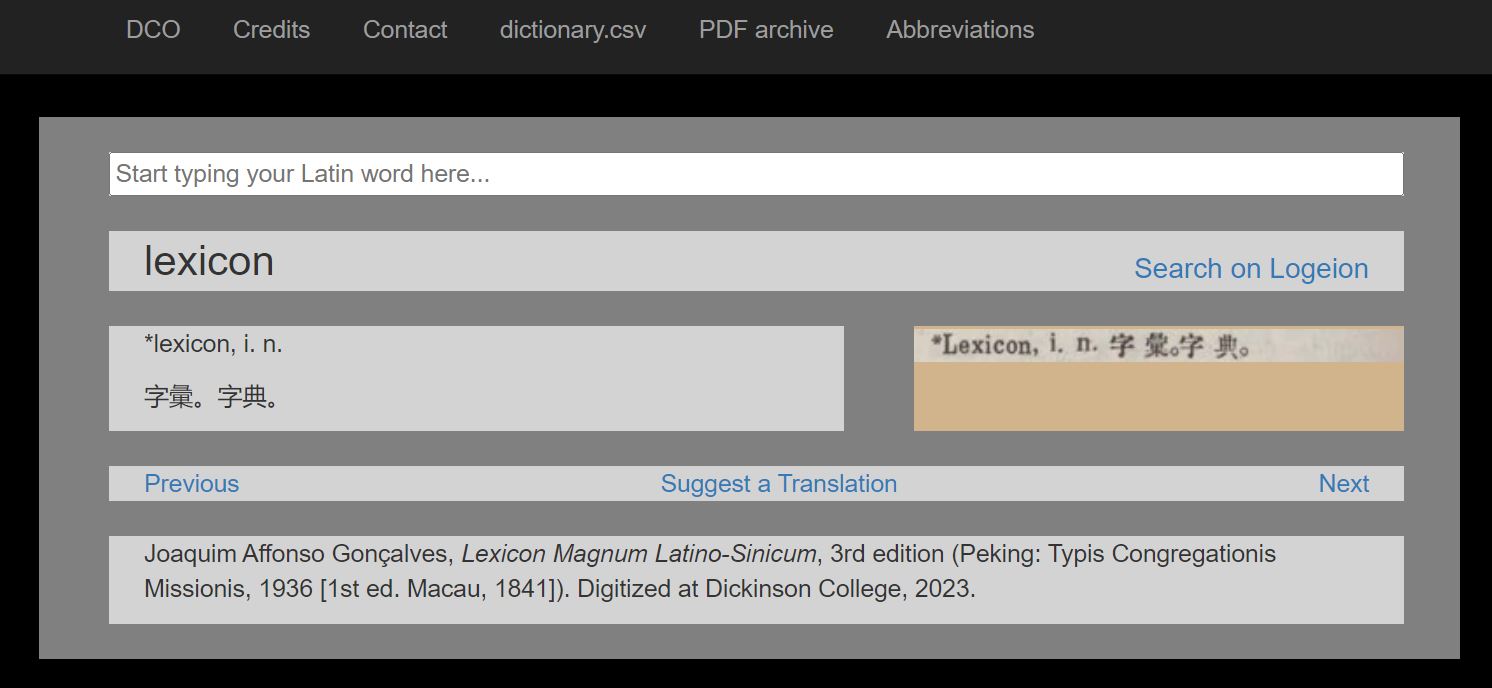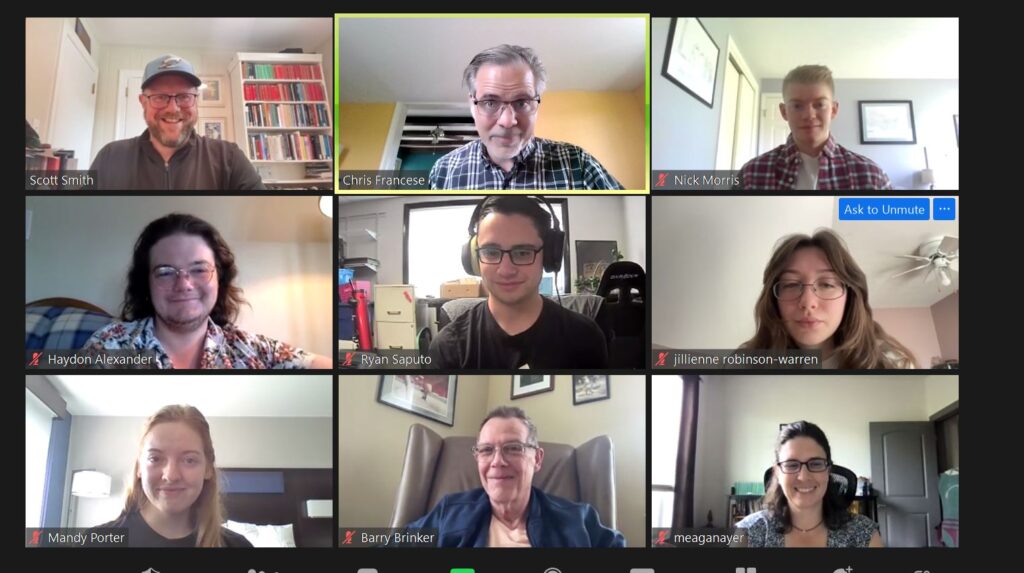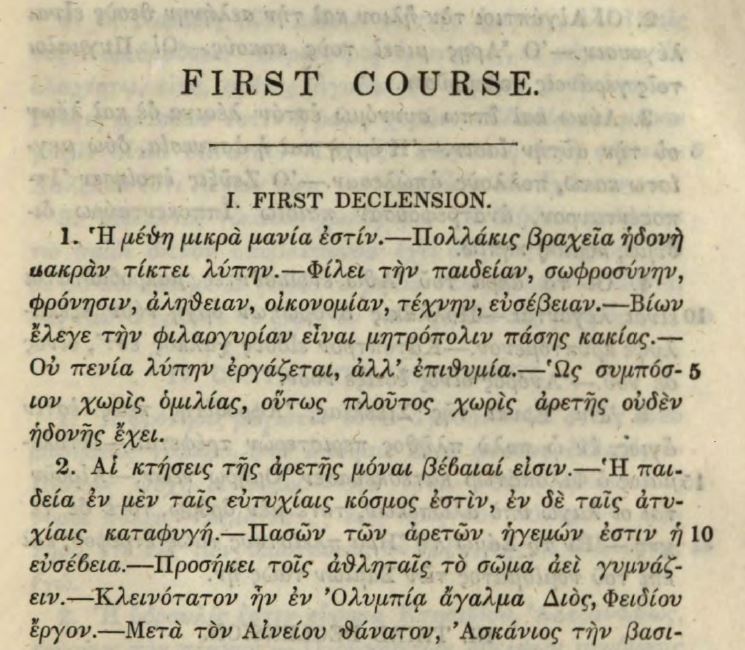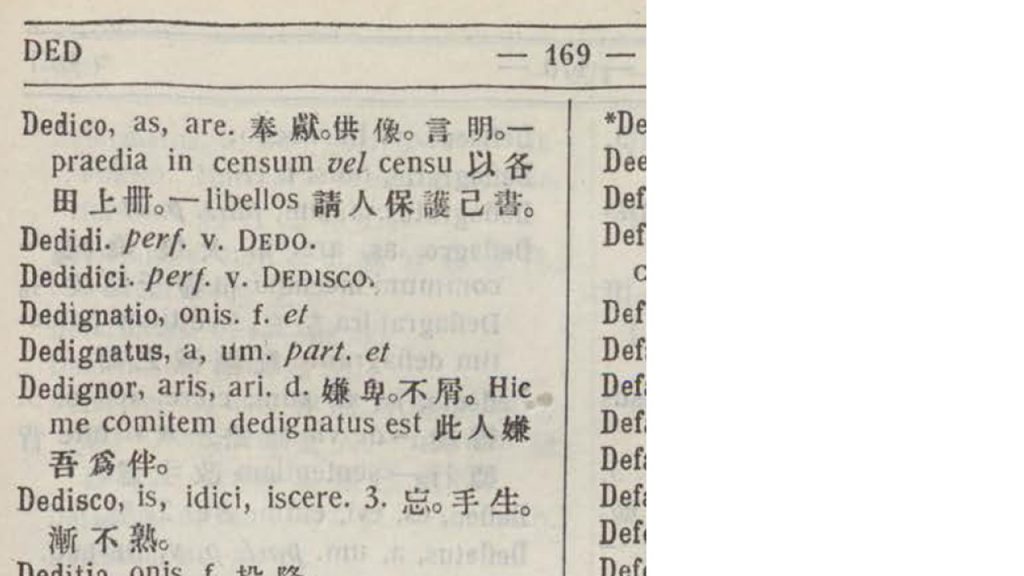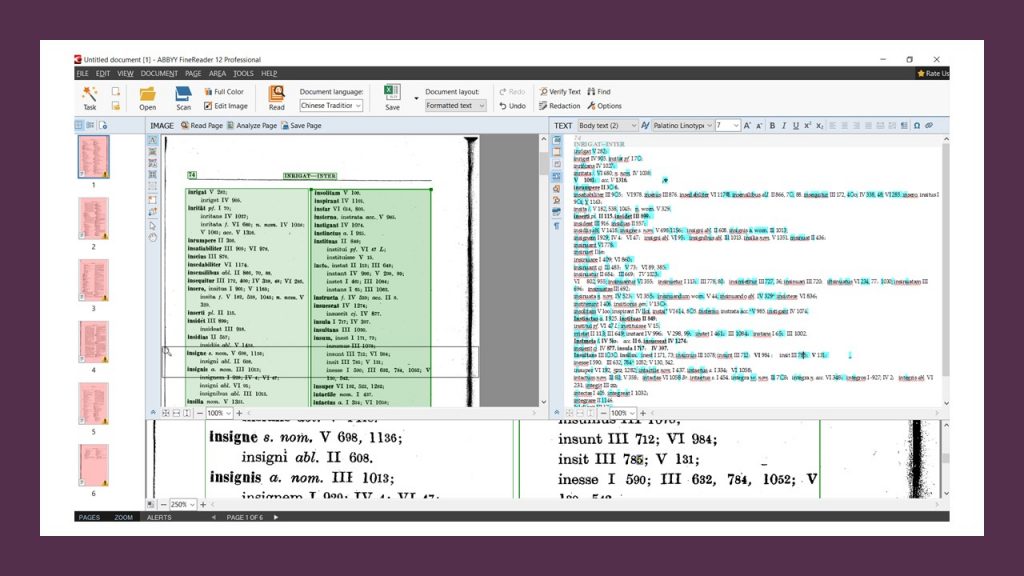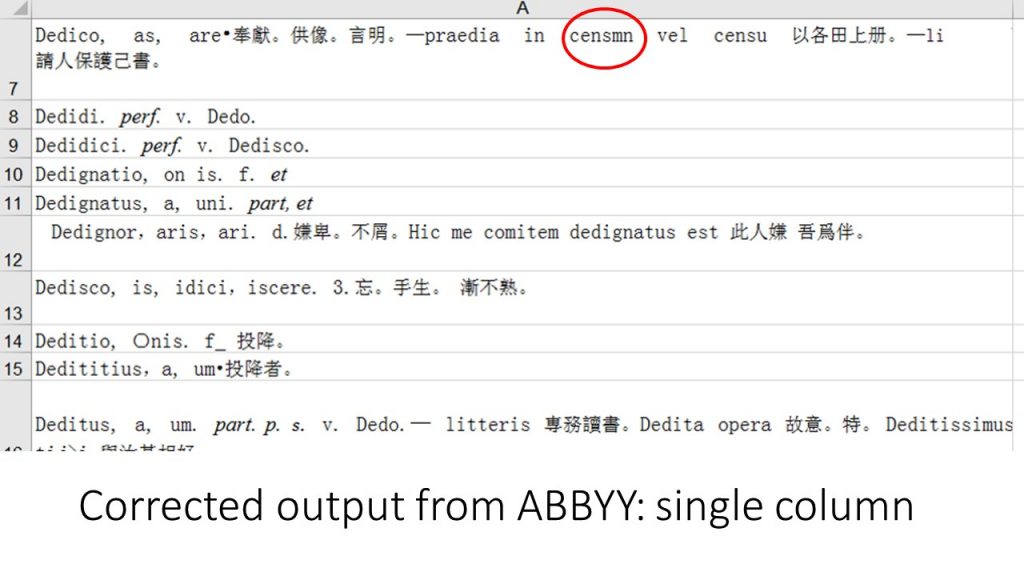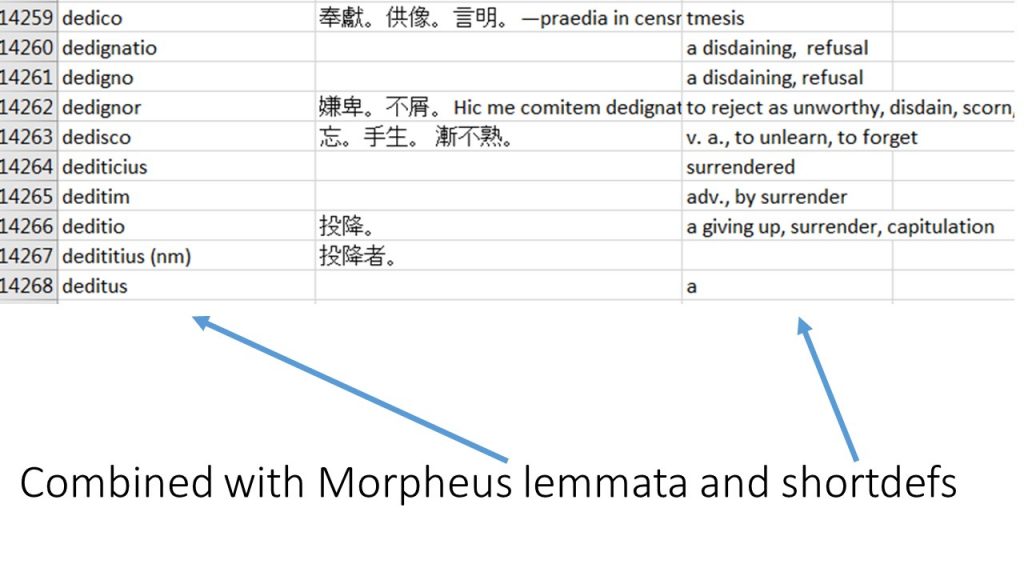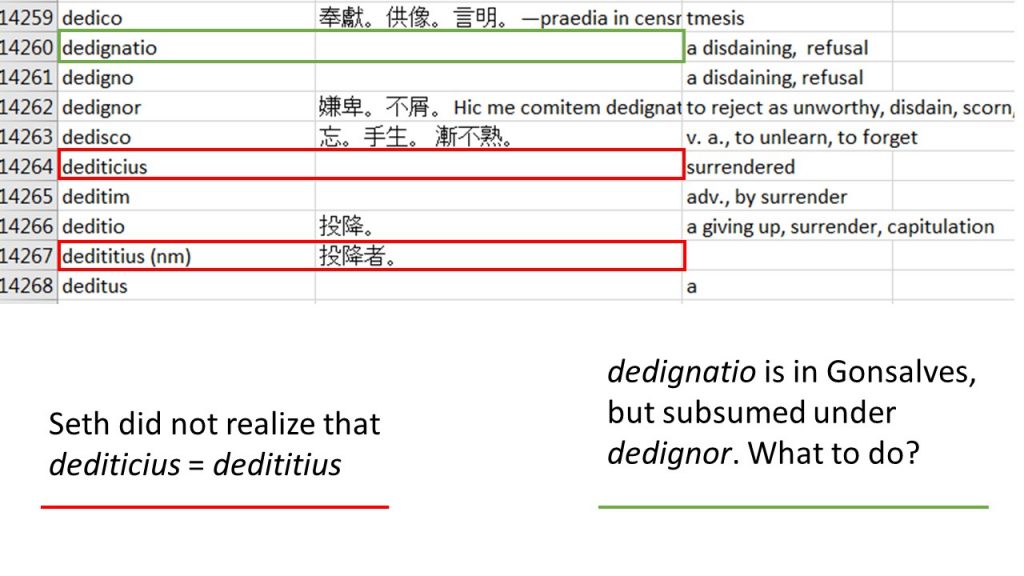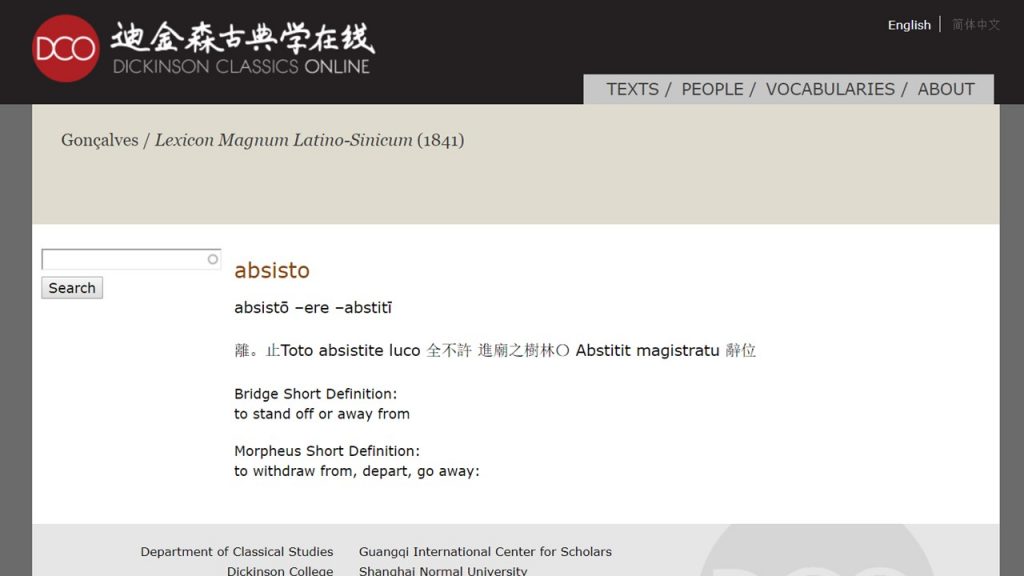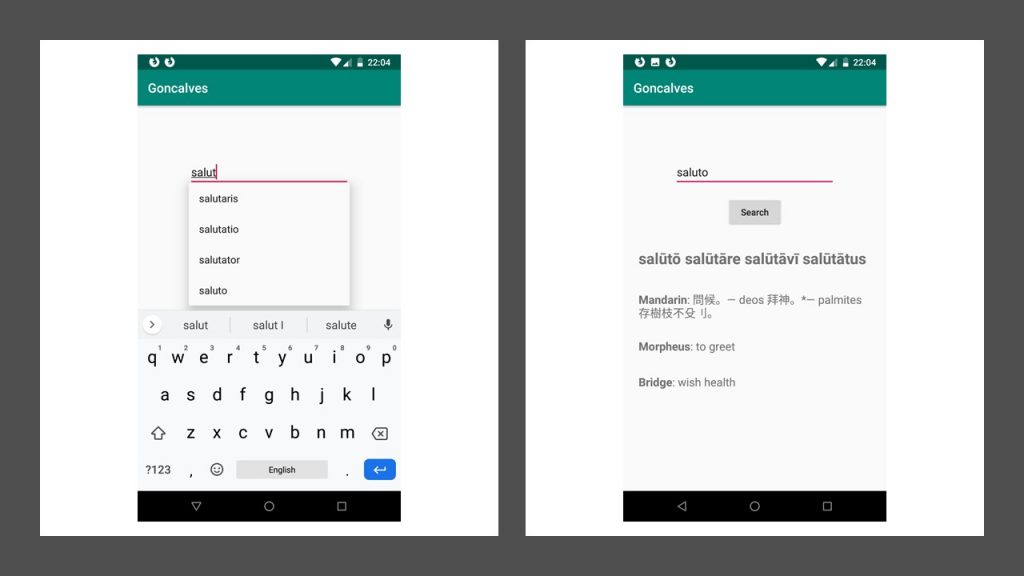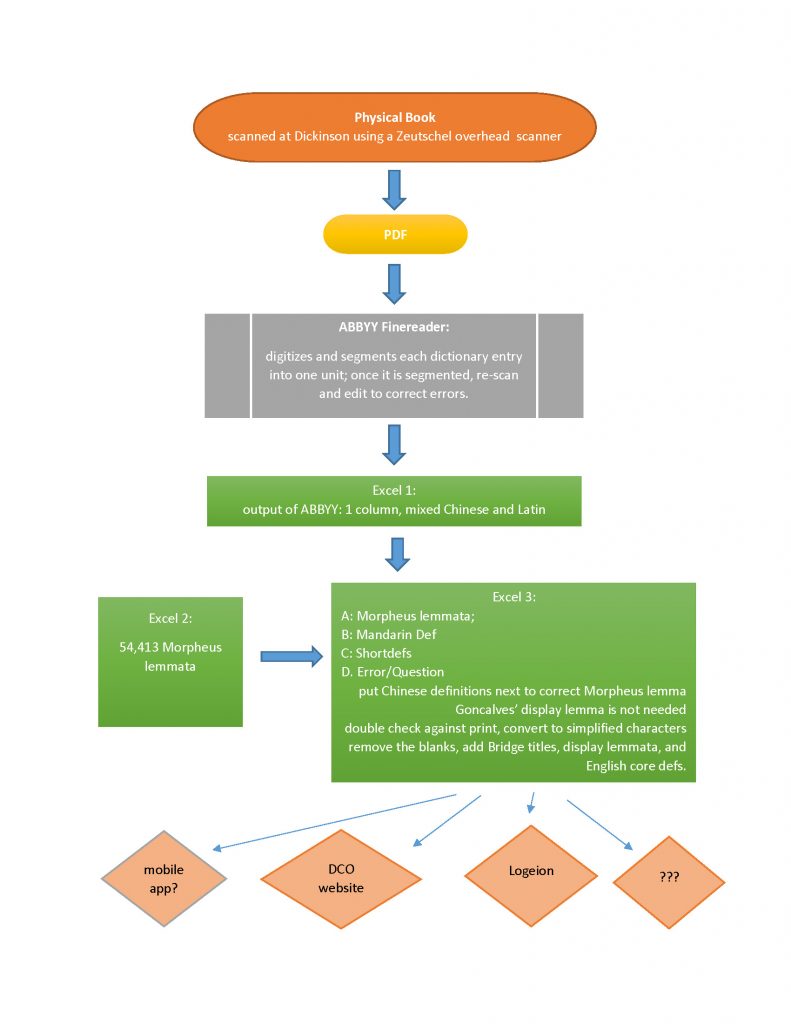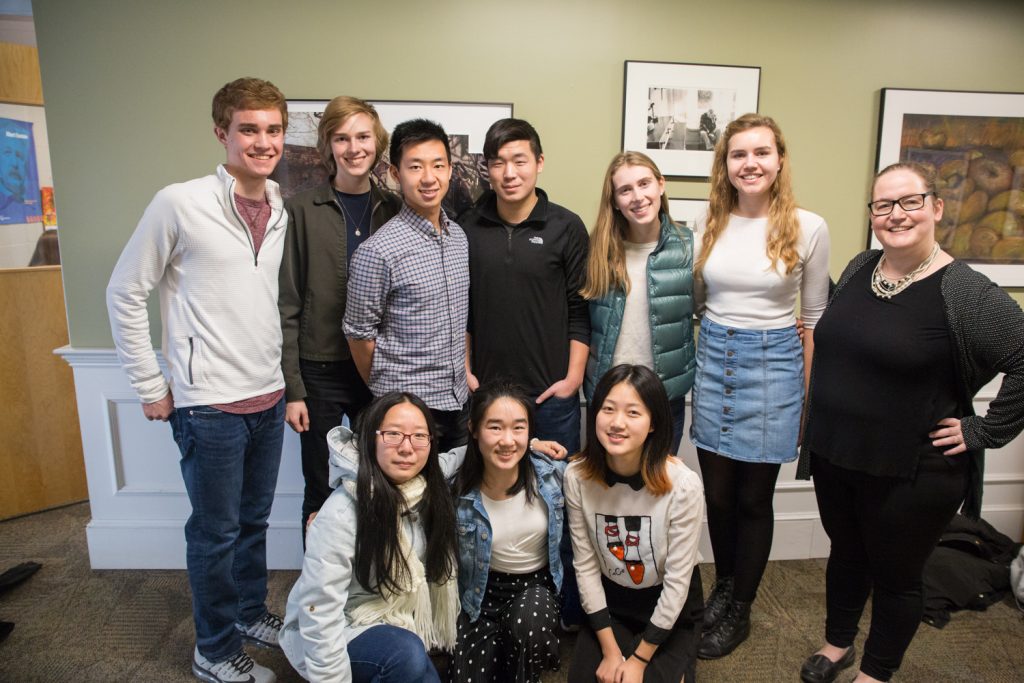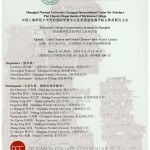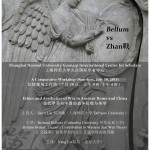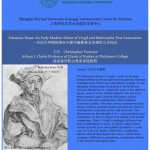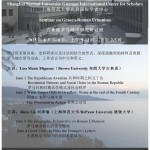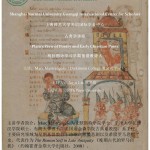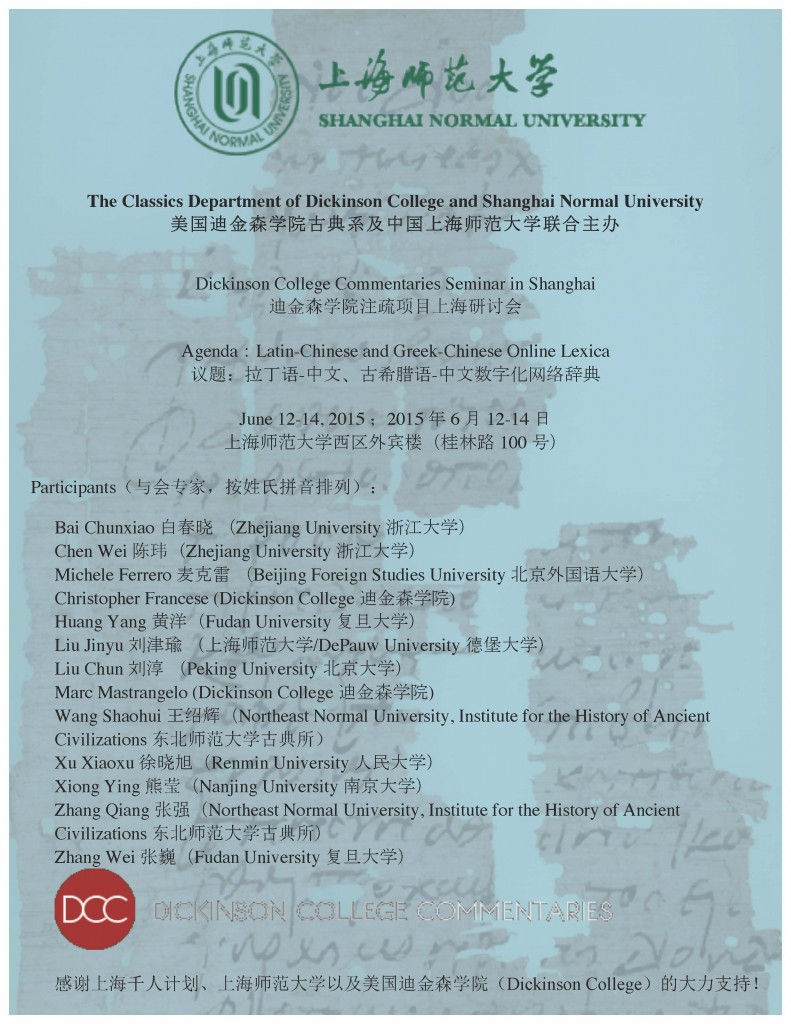It has been a wonderful summer for philology here at DCC. We hosted seventy-five high school students from seventeen states for online internships. They contributed to eight ongoing projects. Here are some sample quotes from participants:
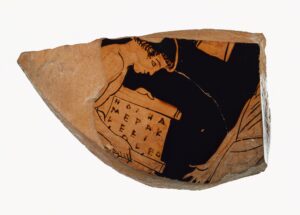
Attic Red-Figure Cup Fragment
about 470–450 B.C.
Akestorides Painter (Greek (Attic), active about 470 – 450 B.C.).
“This project gave me hope for the study of Classics. There are no students at my school that share my excitement, but here I found other people like me from all over the country. I loved to see everyone ‘fighting’ to take the next sentence.” (Ben Olson, Loyola Academy, Wilmette, IL)
“I got much better at sight reading and got more familiar with Medieval Latin and Latin in general.” (Cricket MacDonald, Concord Carlisle High School, MA)
“I really enjoyed communicating with my team about the projects but being able to actually finish each sprint on my own… I’m glad that I could help the process of organizing it.” (Josephine Xie, St. Andrew’s School, Middletown, DE)
“Lucy McInerney was great to have as the leader for my group! She was very passionate about the subject… which really enhanced the overall experience.” (Alexander Korb, Irvington High School, NY)
“One thing I really enjoyed about the program was how flexible it was… The mix of early morning meetings and asynchronous work worked well… and Mr. Karper’s enthusiasm for Ancient Greek made every session fun and engaging.” (Milin Torgalkar, Rye Country Day School, NY)
“The most valuable lesson I took away from DCC is that there is so much more nuance to Vergil than meets the eye… Selecting commentaries and translating the lines so closely really makes you recognize the small details.” (Sophie Yang, Lawrenceville School, NJ)
Huge thanks are due to everybody involved, especially our crack team of supervisors, who met with the students on Zoom for 3-5 hours per week, read with them, used their feedback to edit and create notes, and in many cases mentored them in the process of writing their own notes in the DCC style and edited their work.
- Ashley Roman Francese (Adjunct Faculty in Classical Studies, Dickinson College)
- Luther Karper (PhD in Ancient History, Brown 2019; Web Developer with Schweb Design, LLC, based in Shippensburg, PA)
- Lucy McInerney (PhD in Classical Philology, Brown 2025; Assistant Director Norman M. Eberly Multilingual Writing Center and Writing Program, Dickinson College).
- Bret Mulligan (Associate Provost for Faculty Scholarship and Professor of Classics at Haverford College; PhD in Classical Philology, Brown 2006)
- Alvaro Pires (PhD in Classical Philology, Brown 2025; Adjunct Faculty, Writing Program, Dickinson College)
Be on the lookout for their work to appear on the site as soon as final editing is finished.
